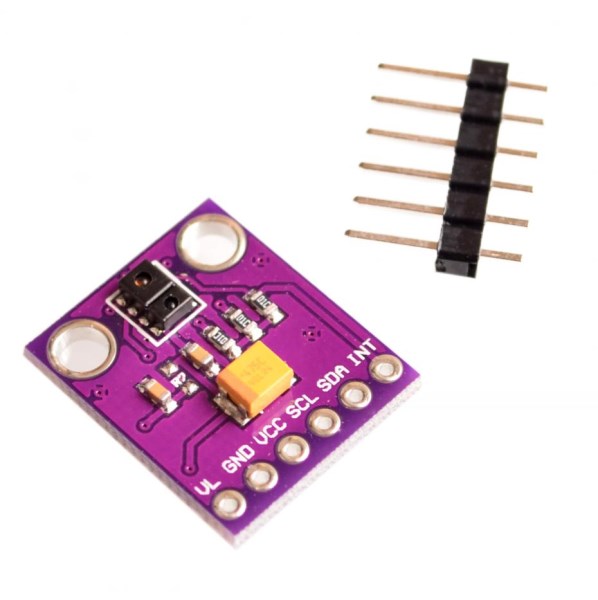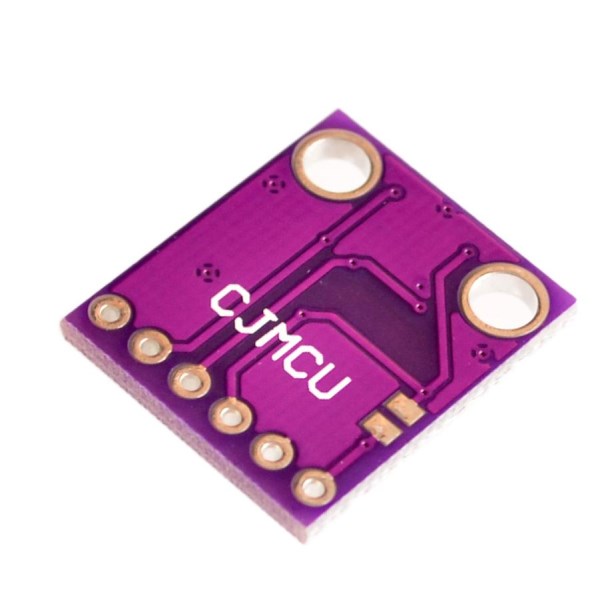Brand Name:icchipcn.com
Condition:New
Type:Logic ICs
Application:Computer
Operating Temperature:0-85
Supply Voltage:3-5v
Dissipation Power:1w
Package:TQFP
is_customized:Yes
APDS-9900 provides digital ambient light and proximity sensors (ALS), infrared LED and a complete proximity detection system in a single 8 pin package. The proximity function can be carried out with a 100 mm plug and play test (without the windshield) and thus reduces the need for a terminal device or sub assembly plant calibration. From the bright sunlight to the dark room, the detection function can be operated well. Wide dynamic range is allowed, such as mobile phone dark glass after a short distance detection operation. In addition, the internal state machine has the ability to position the device in a low power mode between ALS and proximity measurements, providing a very low average power consumption. ALS can react with brightness after extremely low light conditions or dark panels. APDS-9900 digital ambient light and proximity sensors are particularly useful for display management, which aims to extend battery life and provide the best visibility in different light conditions. Display panel and keyboard backlight accounted for the entire platform power up to 30% to 40%. ALS features are ideal for notebook computers, LCD monitors, flat-panel TVs and mobile phones. Near ground function is especially suitable for near field applications. In the phone, the proximity detection can be placed in the user when the phone in their ears to detect. When using a cell phone to make a call, the device can quickly provide access to the required high repetition rate. This feature provides improved "green" power saving capability and increased security in order to lock the computer in case the user is not present. In the module, the optical lens can increase the efficiency of the transmission and the infrared energy of the receiver, which can reduce the overall power consumption.
Characteristic ALS, infrared LED and near joint detector in optical module Ambient brightness sensor (ALS) - an approximation of the human eye's visual response - programmable interrupt function with upper and lower thresholds - up to 16- bit resolution - high sensitivity in dark glass after operation - up to 1000000:1 dynamic range Proximity detection - fully calibrated to 100 mm detection Integrated infrared LED and synchronous LED driver - eliminate the close proximity of "factory calibration" - 2000:1 dynamic range Programmable wait timer - wait state power - 70 A typical values & - programmable range of 2.72 MS to more than 6 seconds I2C compatible interface - up to 400 kHz (I2C fast mode) - dedicated interrupt pin - 1.8V VBUS I2C interface Sleep mode power - 2.5 A typical values


Q1: What Is Your Product Warranty?
A: We Guarantee Our Product Is Fit For Its Normal User Purposes And Is Free From Defects In Materials Or Workmanship.
Q2: What Is Your Company Policy On Defective Goods?
A: Our Company Keep Items Quality For A Long Time. If There Are Any Defective Goods Due To
Production Defects Or Transportation Problem, Please Contact Us. Our Customer Service Team Will Provide Immediate Response To
Complaints. We Will Try Our Best To Give You A Good Resolve Way.
Q3: What Is Your MOQ (minimum Order Quantity)?
A: Generally Our Moq Is No Limited. Please Have More Discussion With Us If Your Combination Of Models Is Complicated.
Q4:how About Getting Samples From You?
A: We Will Send You The Samples After We Receive The Payment For Samples. The Buyer Shall Afford The Shipping Cost. Please Have A
Confirm With Us Which Shipping Way Do You Want.
Q5:about The Shipment: What Type Of Shipment Will You Use?
A: We Usually Ship The Products By Express(delivery It To Your Door) Or By Air Freight To Your Nearest Airport, Shipping Days:3-7
Working Days Depend On Destination;if The Order Quantity Is Large, We May Ship By Sea Container And The Best Ship Way Is By Sea,
Shipping Days: Over 20 Working Days Depend On Destination Port.
Q6:what Packing Do You Use?
A: Neutral Package With Airbag Or Customized Package.
Q7:how Much Are The Shipping Cost?
A:shipping Cost Is Charged By The Package's Weight And Related To The Shipping Methods You Choose And Your Destination.
Q8:how To Order?
Step1.Click (Add to Cart) Buy Directly On The Product Page, Or Add To Shopping Cart And Settle Together, Pay With Paypal,
Need your information, such as full name,country, city, detail address, post code, tax number ...
Step2. We Will Delivery by EMS POST, FedEx or DHL Within
3-5 Working Days After Payment Confirmed.
Setp3. Confirm Us Receipt of Products.

